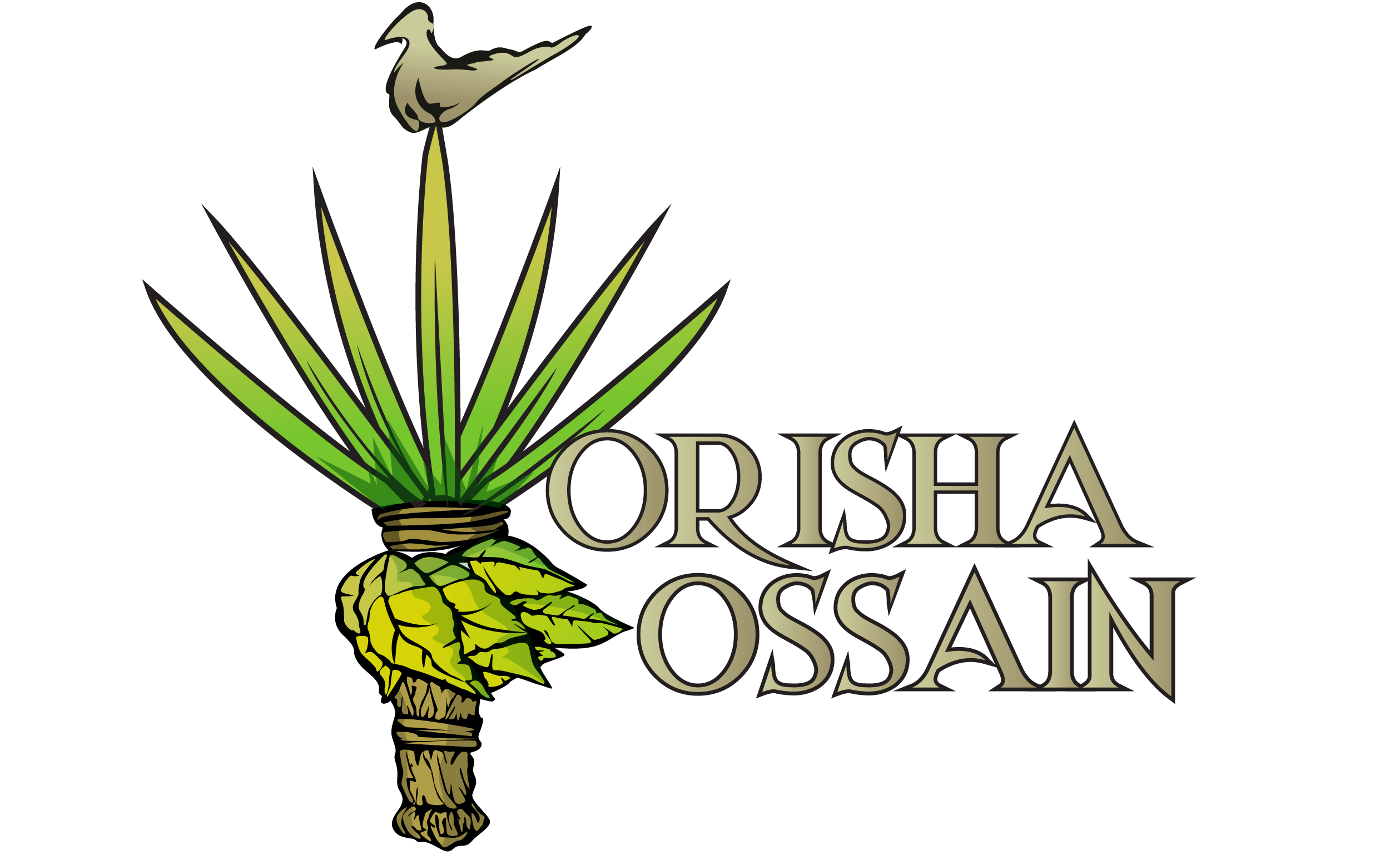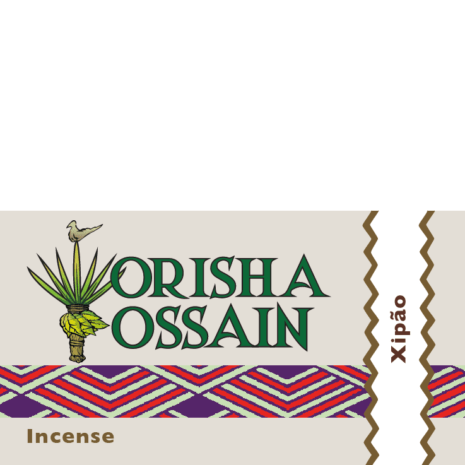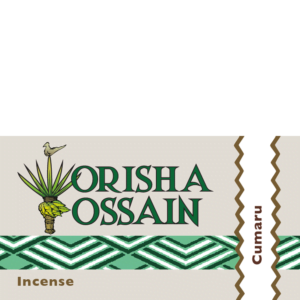Rapé Xipão
From: $19.76
Xipão is a very specific plant that grows as a parasite on palm trees and has a very particular beautiful smell. The Kaxinawa use this medicinal herb to treat flu and fever. It also helps with respiratory problems.
Rapé Xipão
Rapé Xipão comes from the Kaximawa people (also called Huni Kuin). This group of Huni Kuin lives in the region of Jordão in the state of Acre. Jordão is way into the forest, either you go by a small plane or the better part of a week’s journey by boat upriver. It is a beautiful region where the indigenous people live deep in the forest in their aldeias (villages).
The Kaxinawa use a large variety of medicinal herbs in their tradition and add various of them to their rapé blends. The ash in rapé Xipão the Kaxinawa is made from the native cacao tree bark of the region. Cacau is known to be a help for cardiovascular health. Rapé made with cacao ashes, in general, has a reddish hue typical for this medicine.
Xipão
Xipão is a very specific plant that grows as a parasite on palm trees and has a very particular beautiful smell. The Kaxinawa use this medicinal herb to treat flu and fever. It also helps with breathing problems. Apart from that it has a calming effect, good for the nerves and relaxing the mind.
Tribal Usage
The Kaxinawa tribe uses its Rapé for different purposes. For example, relief of physical pain and headaches and cleaning of sinuses. In Addition, the Kaxinawa’s apply Rapé for mental healing, mostly in combination with chanting.
Rapé connects the tribe with spirits of the jungle and – depending on the specific ingredients – it can cure, heighten concentration, improve hunting, or be a connector to the spirit of nature. The Kaxinawa like to experiment and use a wide range of ingredients for their rapé.
About the Tribe
The Kaxinawá people (Huni Kuin) are an indigenous tribe who live in Brazil and Peru. The Kaxinawá are also known as the Cashinauá, Caxinauá, or Kashinawa people. This name comes from kashi or “bat” and nawa meaning “outsiders” or “foreigners”.
Their autonym is Huni Kuin or “real men” or “true people”, from huni, “man”, and kuin meaning “real” or “true”. Their language belongs to the Pano linguistic family, which they call hatxa-Kuin (true language). The population is approximately 4,000 people. The Kaxinawa account for 42% of the indigenous population of Acre state in Western Brazil.
Do you want to learn a bit more about the tribe then have a read here.
Tepi and Kuripe
Have a look at the collection of Tepi and Kuripe. Various styles from different artists are available.  Tepis receiving blessings from their creators
Tepis receiving blessings from their creators
Handling & Sorting
I sieve this rapé Xipão and all other snuff coming from my shop through a 120-micron high-grade stainless steel mesh. I also store the Rapé stock dry and in vacuum containers to prolong freshness and quality.
This results in.
- an extremely fine powder.
- a guaranteed consistent fineness
- optimal absorption of the snuff





